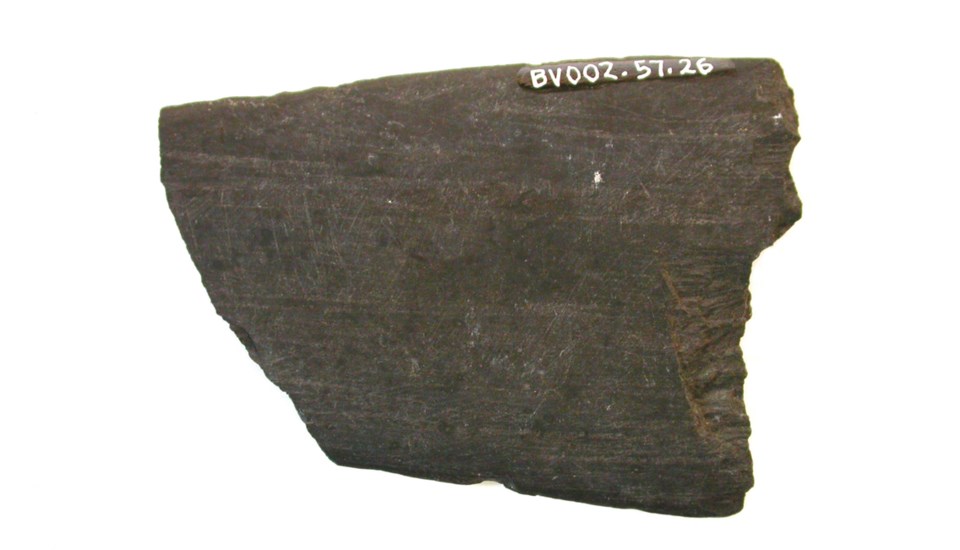The City of Burnaby wants to do more to protect archeological sites from development – and it’s hiring a consultant to help.
City council has unanimously approved $25,000 for a consultant to help the city develop an archeology policy framework to protect known archeological sites within its borders and any that may be rediscovered in the future.
Burnaby already complies with provincial laws around protecting and preserving archeological sites, according to a report to council Monday, but the rapid pace of development (by the city as well as private developers) along with growing government-to-government relationships with local First Nations have prompted the need for an “enhanced, streamlined” approach.
There are 21 known archeological sites in Burnaby, more than half on city land, but their exact location is kept under wraps by the province’s archeology branch, according to Burnaby heritage planner Lisa Codd.
“We have to be quite general when talking about where these sites are because letting the public know exact locations can put those sites at risk,” she said.
Generally, however, the sites currently registered with the archeology branch are located along the shores of Burrard Inlet, at Deer Lake and along the Brunette River, according to Codd.
Under provincial legislation, if a private developer or the city wants to do work within 50 metres of any of those sites, the city won’t issue the necessary permits until the developer or city has gone through the heritage branch.
While that helps to protect known sites, however, it does nothing to protect sites that are currently unknown, according to Codd.
The policy framework would be designed to protect as-yet unknown sites through a “predictive model of archeological management” by taking into account areas where there is potential for a site, Codd said.
One tool to accomplish that is an archeological overview assessment, a study of a defined area by an expert consultant in consultation with local First Nations that identifies areas of archeological potential.
The completed study is filed with the archeology branch, and property owners wanting to develop on the site after that have to retain an archeological consultant and obtain permits from the archeology branch to move ahead with their development.
On Monday, city council approved $35,000 to fund such a study at Barnet Marine Park.
Three of Burnaby’s known archeological sites are inside the park, but more likely lie beneath its surface, according to the staff report.
Mayor Mike Hurley said he looked forward to the actions recommended in the report.
“Our city is growing quickly, and it’s important we take due care of the history of this land we now call Burnaby,” he said. “We are a thriving city today, and, in reading the Indigenous History in Burnaby Resource Guide, a wonderful publication developed by the staff at Burnaby Village Museum in consultation with local First Nations, I learned that this land has been thriving for thousands of years. It’s an awesome thing to consider, and it’s exciting to know that our knowledge of this history will continue to grow over time.”
Follow Cornelia Naylor on Twitter @CorNaylor
Email [email protected]



